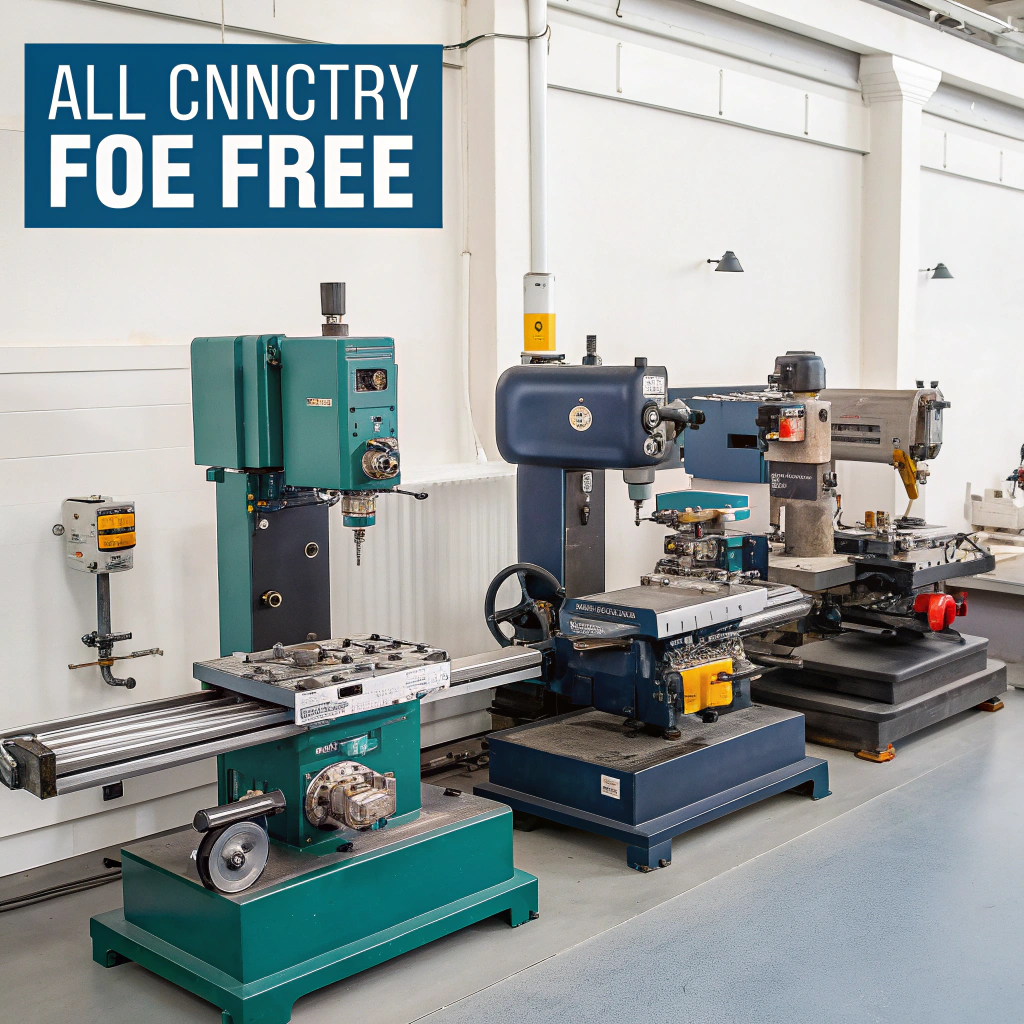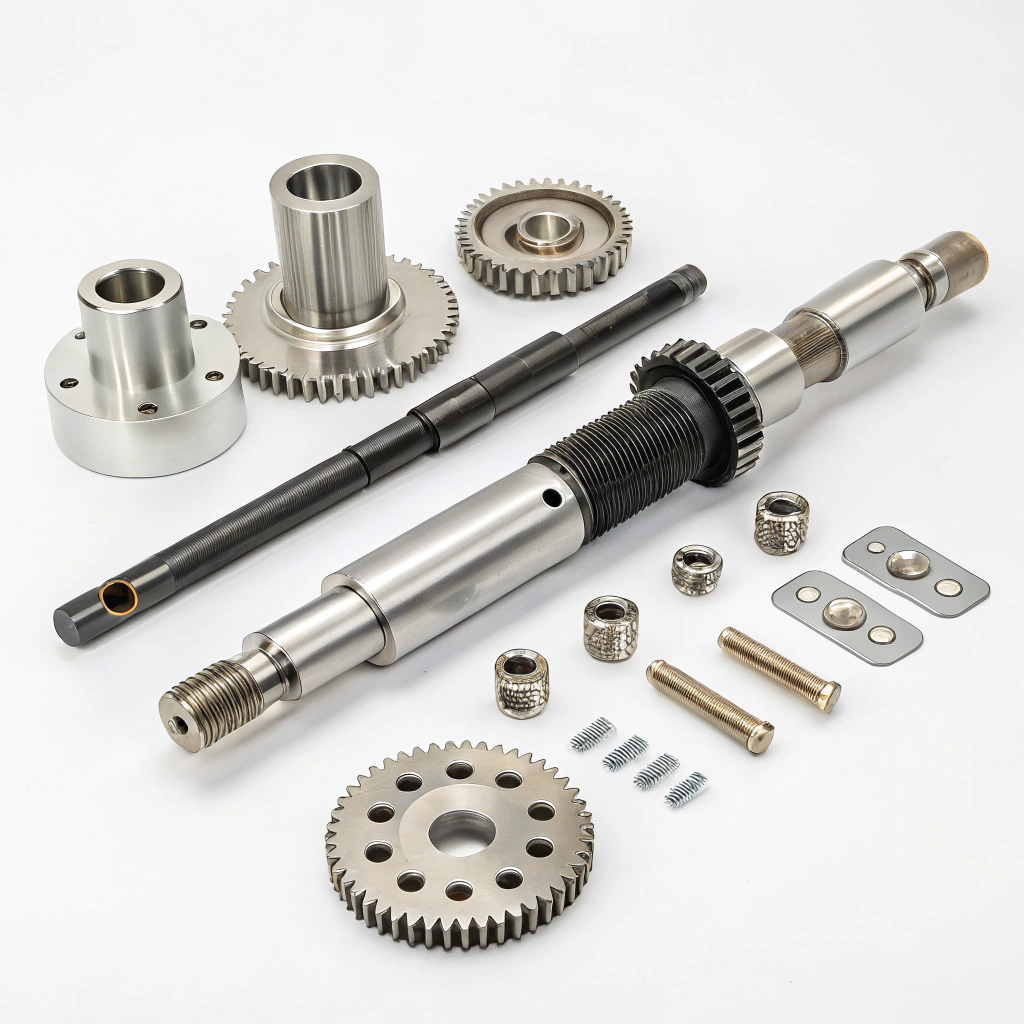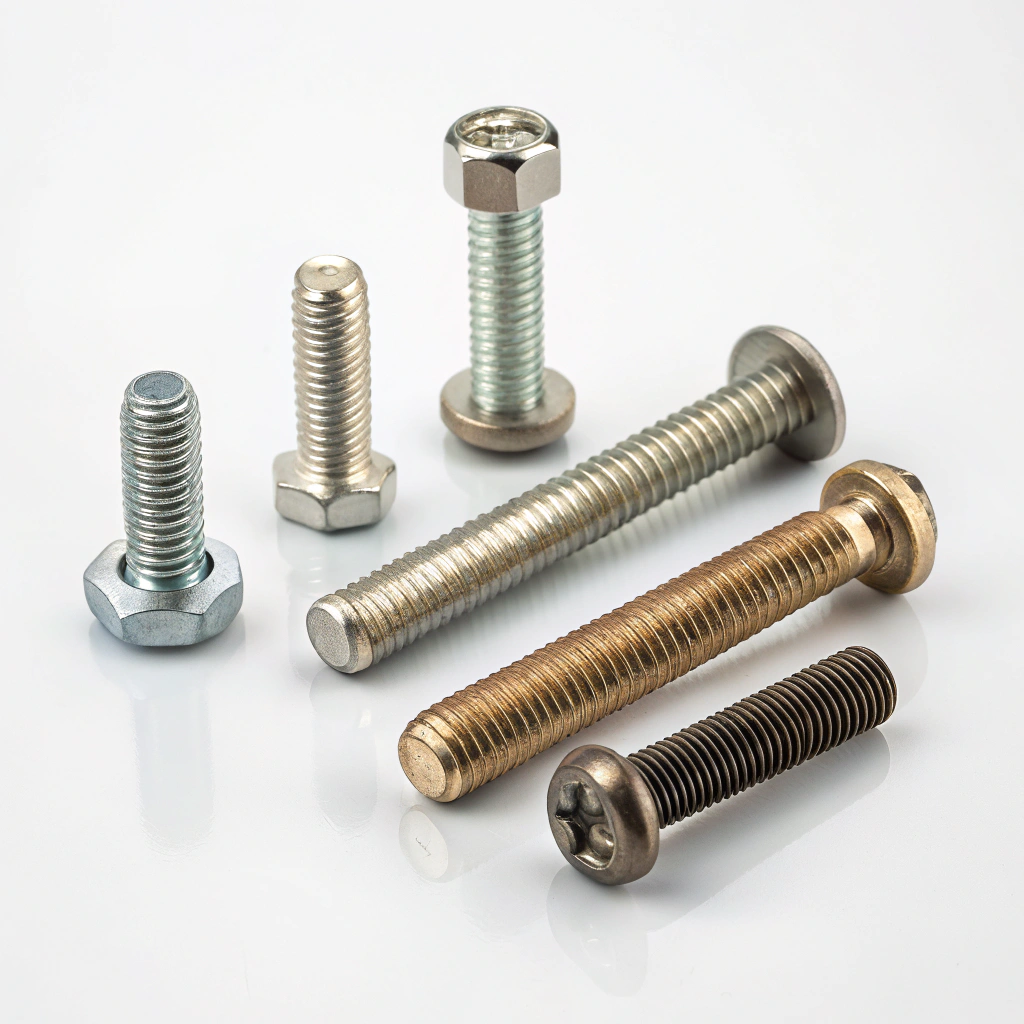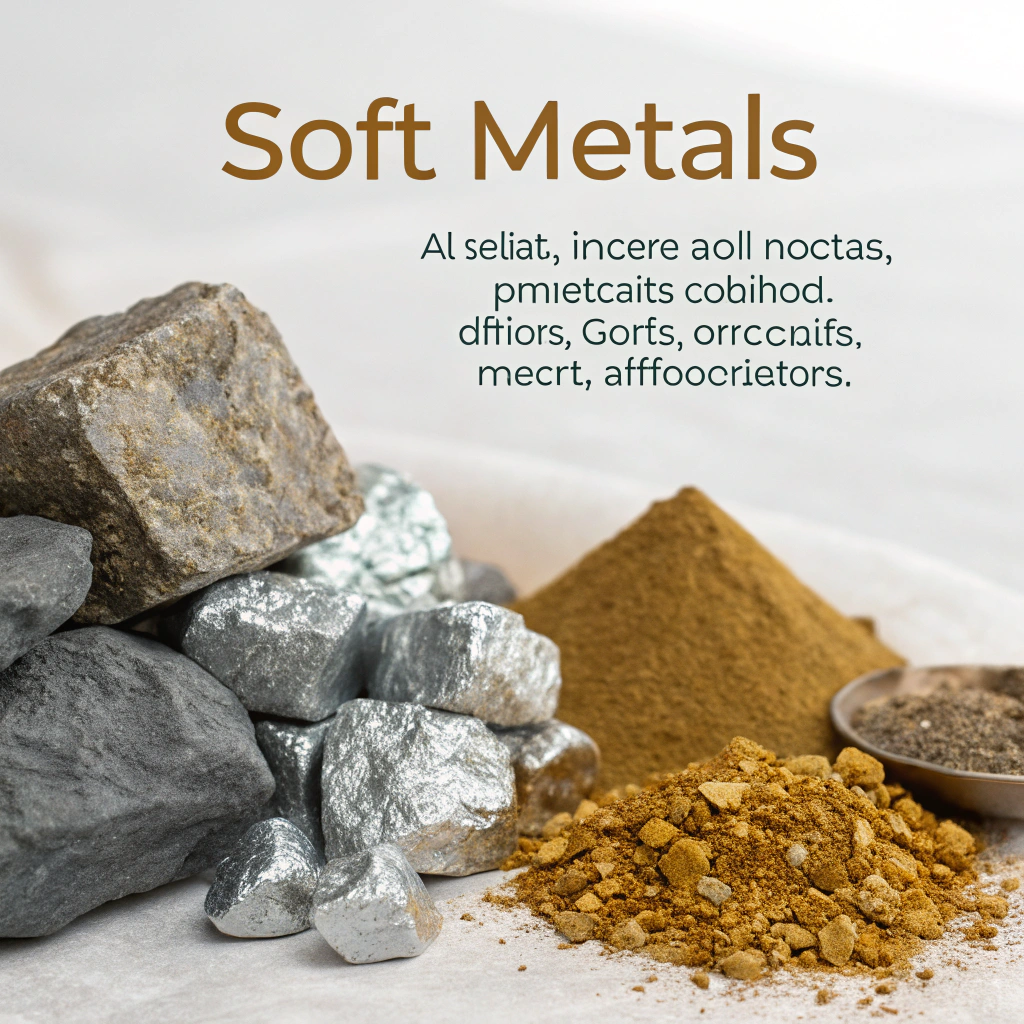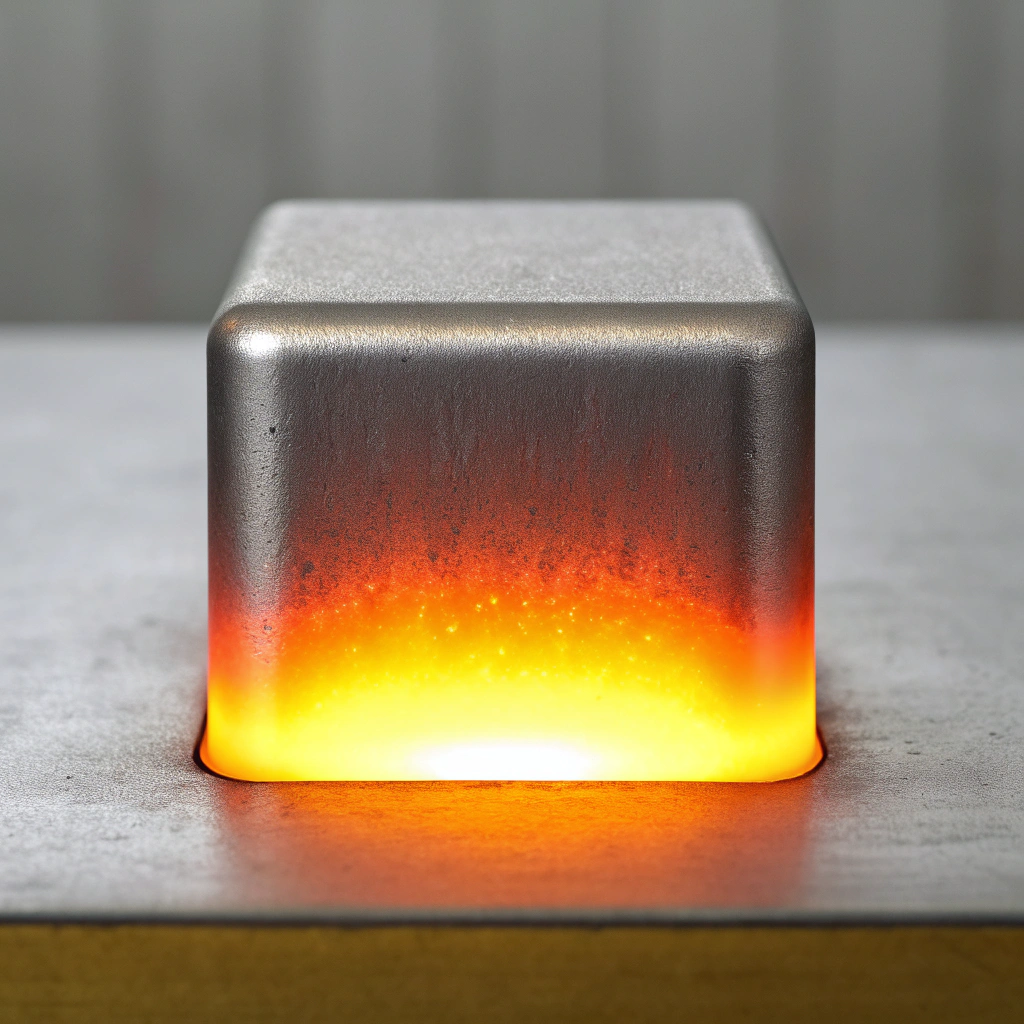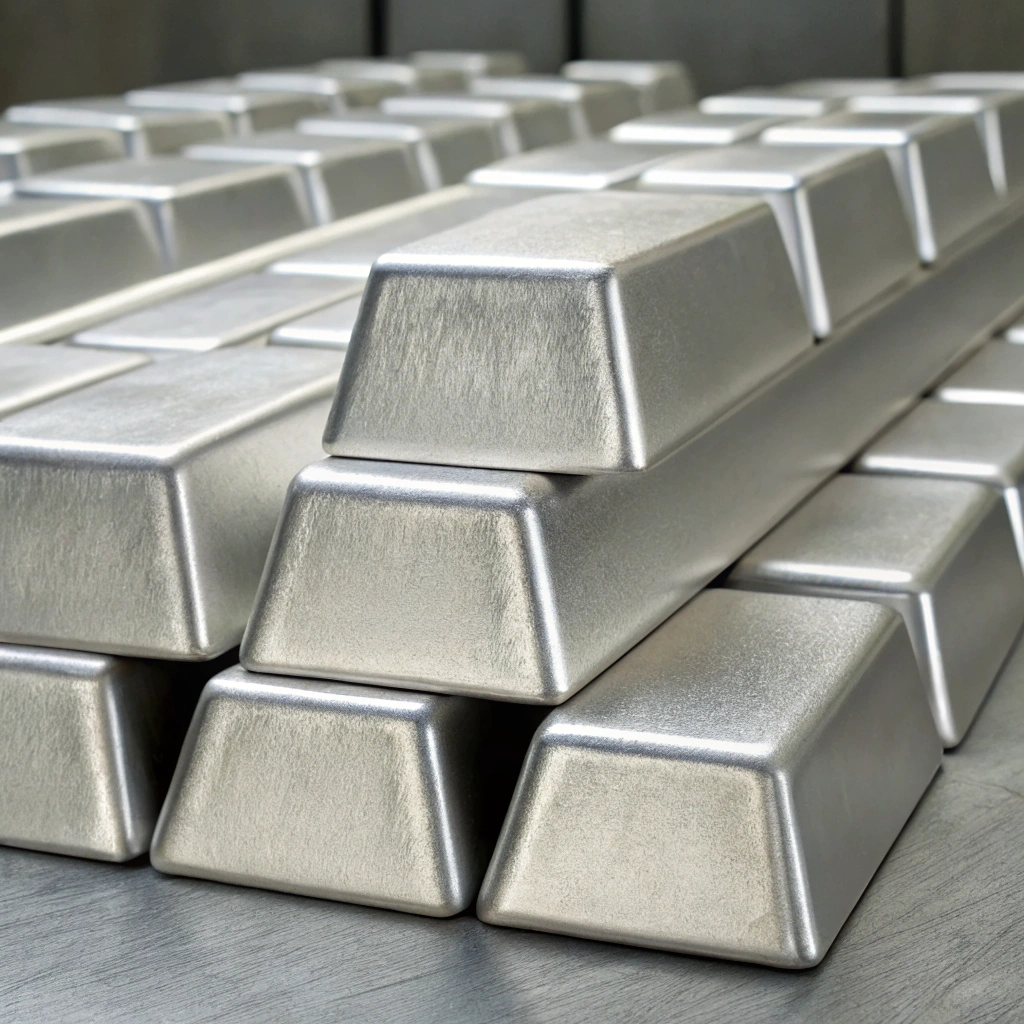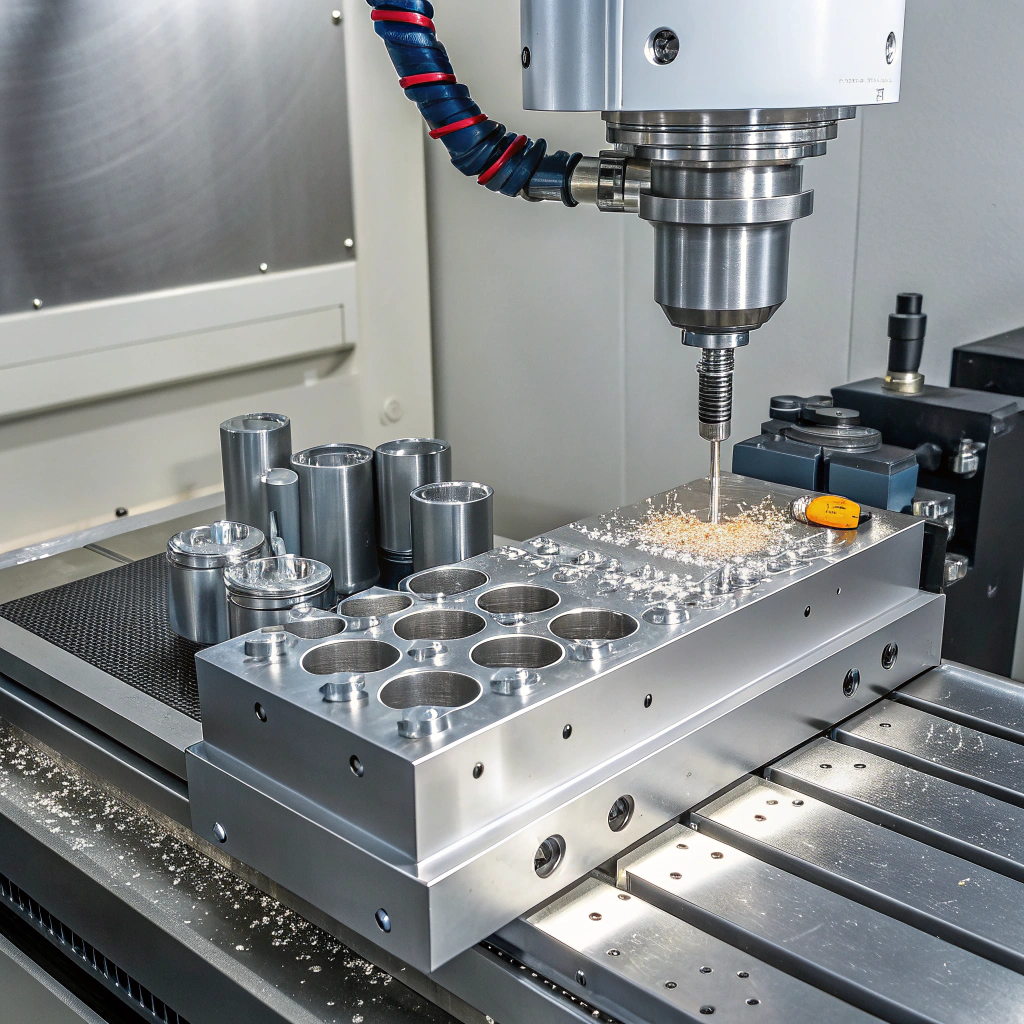
Many buyers hear the term "CNC machining" but don’t really understand how it works or why it matters for their projects.
CNC machining is a manufacturing process that uses computer-controlled tools to cut, shape, and form materials into precise components. It is known for its accuracy, consistency, and ability to handle complex designs.
If you've ever needed precision parts — like custom aluminum extrusions with drilled holes, grooves, or unique cuts — then CNC machining is probably what you used or should consider using.
How does CNC differ from manual machining?
Some customers think CNC and manual machining are the same. That’s a costly mistake.
CNC machining uses programmed instructions and computer control, while manual machining depends on human hands and visual judgment.
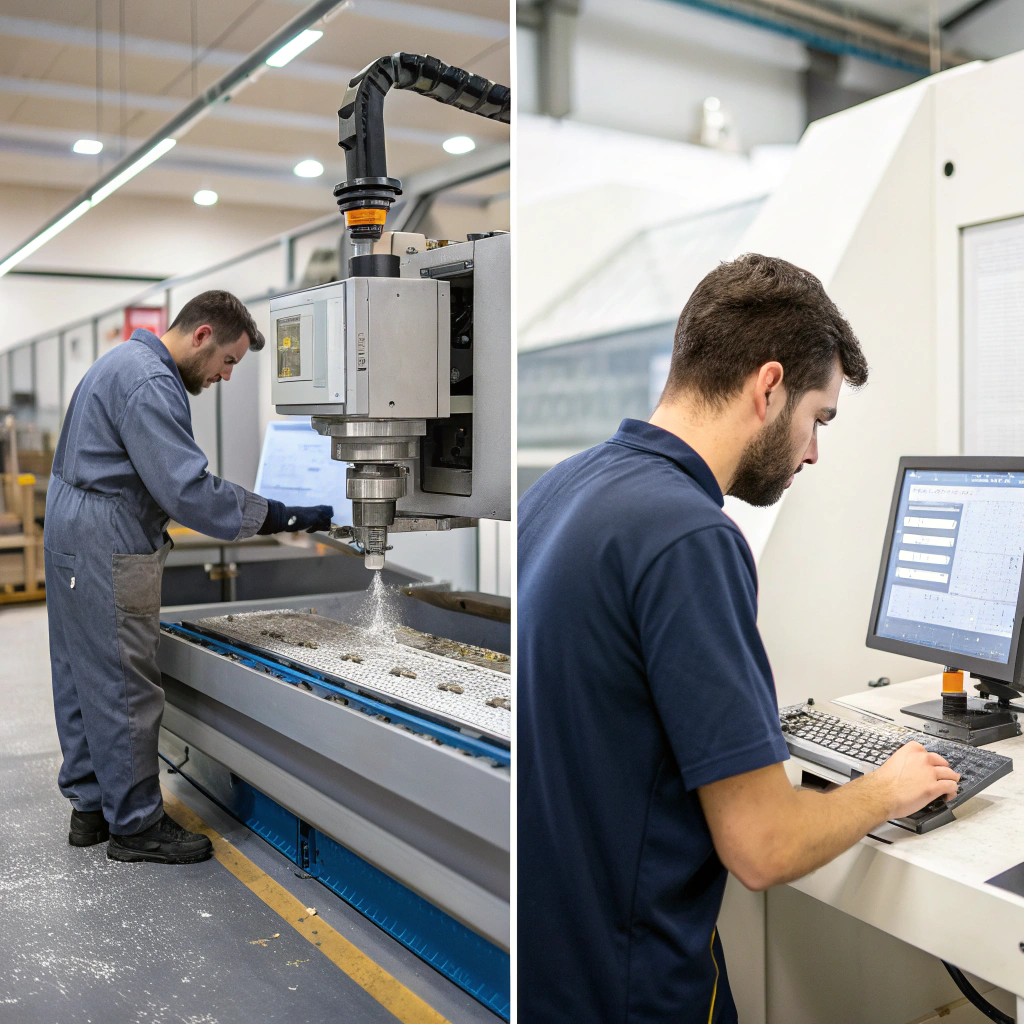
The difference that automation makes
Manual machining relies on a skilled machinist who physically operates machines like lathes or mills. They adjust the tools, move the material, and make cuts using dials and levers.
In contrast, CNC (Computer Numerical Control) machines follow a set of digital instructions (called G-code). The machine moves automatically along multiple axes and makes precise cuts — over and over again — with little variation.
| Feature | Manual Machining | CNC Machining |
|---|---|---|
| Control Method | Manual | Computer-controlled |
| Accuracy | Depends on operator | Extremely high |
| Repeatability | Low | Very high |
| Labor Requirements | High | Low |
| Setup Time | Short | Longer (but worth it) |
| Cost for Small Batch | Lower | Higher |
| Cost for Mass Production | Higher | Lower |
Where CNC wins
I had a client who initially used manual milling for aluminum brackets. The first 20 units were fine. But once they needed 500 units with identical dimensions, manual processing became too slow and inconsistent. That’s when we switched to CNC — and the quality and speed both improved.
What materials can be processed by CNC machining?
CNC is not limited to metals. It’s far more versatile than most people think.
CNC machines can process a wide range of materials including aluminum, steel, plastic, wood, brass, and titanium.
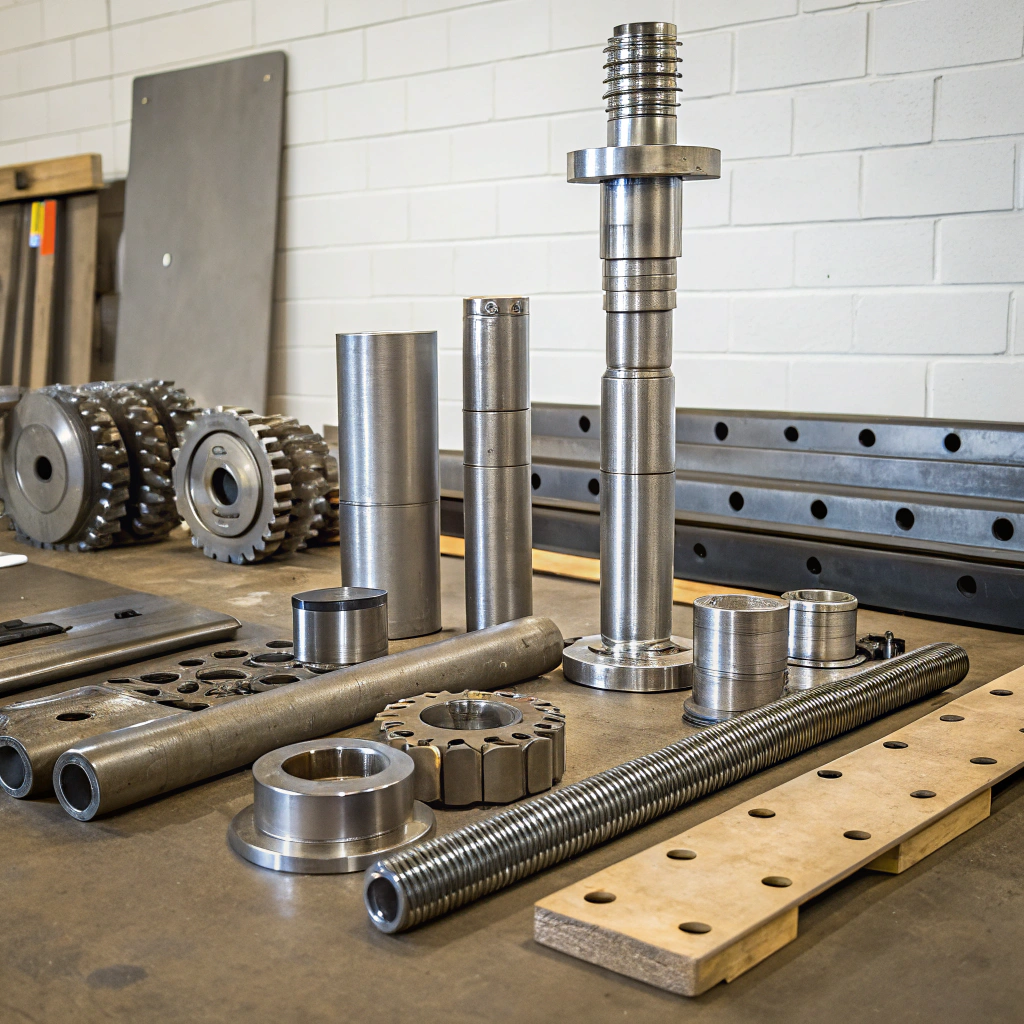
Common materials and their applications
Here’s a breakdown of materials we frequently process for clients:
| Material | Typical Use Case | Notes |
|---|---|---|
| Aluminum | Aerospace parts, brackets, enclosures | Excellent machinability and lightweight |
| Steel | Industrial tools, structural parts | Strong but harder to machine |
| Stainless Steel | Medical parts, kitchen equipment | Corrosion-resistant, very durable |
| Brass | Electrical connectors, decorative items | Soft, easy to machine |
| Plastics (ABS, Nylon, etc.) | Prototypes, gears, housings | Cost-effective for testing |
| Titanium | Medical implants, aerospace components | Very strong, but expensive |
| Wood | Furniture parts, molds | Less common, more niche |
Why aluminum is most common for us
Since we specialize in aluminum extrusion, most of our CNC machining projects involve 6061 and 6063 alloys. These materials are easy to cut, produce clean finishes, and support high precision. They also match perfectly with anodizing or powder coating post-processes.
Clients from Germany and the US often request CNC-machined aluminum parts with precise tolerances, because they’re used in robotic systems or automotive equipment where accuracy matters.
What are the main components of a CNC machine?
Some people imagine CNC machines as black boxes. But each one has very clear components with specific roles.
A CNC machine consists of five main parts: the controller, the machine bed, motors and drives, the cutting tool, and the interface system.
![]()
Main components overview
Let me walk you through them one by one.
1. Controller (Brain)
This is the computer system that runs the program. It interprets the G-code and sends instructions to the motors.
2. Machine Bed (Frame)
This is the physical structure that supports the workpiece and keeps everything steady. It must be rigid and stable.
3. Motors and Drives (Muscles)
These move the axes (X, Y, Z) and control the rotation of the tools. They determine how fast and how accurately the machine can operate.
4. Cutting Tool (Hand)
Depending on the material, this could be a drill, end mill, lathe bit, or specialized cutter. It's the part that actually removes material.
5. Interface System (User Input)
This includes the software and hardware interface where an operator loads programs, starts or stops the machine, and monitors progress.
Types of CNC machines
There are several types, and each is optimized for a specific kind of work:
| Machine Type | Function |
|---|---|
| CNC Mill | Vertical or horizontal cutting |
| CNC Lathe | Rotates the workpiece |
| CNC Router | Good for soft materials and wood |
| CNC EDM | Uses electrical discharge |
| CNC Laser Cutter | Cuts with a focused laser beam |
For aluminum parts, we usually use CNC mills and CNC lathes.
How do precision and tolerance work in CNC processes?
Precision is why people love CNC. But not everyone understands how it works or what tolerance really means.
Precision refers to how consistently a CNC machine can reproduce a part, while tolerance is the allowable deviation from the intended dimension.
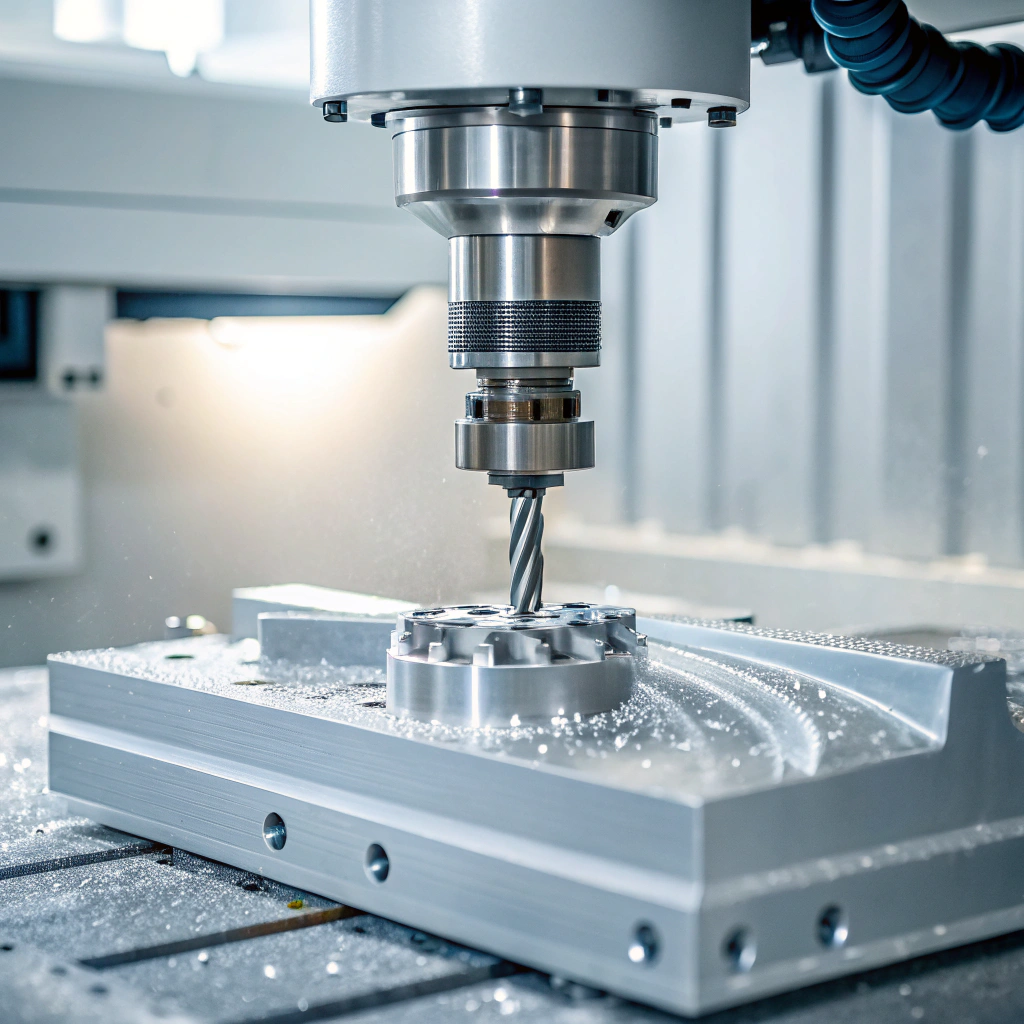
Breaking it down
- Precision: If I make 1000 parts, how close are they to each other?
- Tolerance: How far can a part be from the target size and still be considered acceptable?
Example
Let’s say a customer orders a part that should be 25.00 mm wide. The tolerance is ±0.05 mm. That means the part is acceptable if it’s between 24.95 mm and 25.05 mm.
For CNC, we often work within ±0.01 mm to ±0.05 mm tolerance. That’s thinner than a human hair.
Why this matters in real projects
One of our German clients ordered LED housing channels that needed tight tolerance to fit with imported lens covers. If the groove was even 0.1 mm too wide or too narrow, the cover wouldn’t fit. We used CNC machining to keep every channel within ±0.02 mm. The result: perfect fit every time.
How we ensure precision
- We use calibrated measurement tools (micrometers, CMM)
- Every part is inspected during and after machining
- Machines are regularly maintained and recalibrated
This level of care is what separates cheap parts from professional-grade components.
Conclusion
CNC machining offers precision, flexibility, and repeatability that manual methods simply can’t match. It's ideal for creating high-quality parts in aluminum and many other materials. Understanding how it works helps you make better buying decisions.

